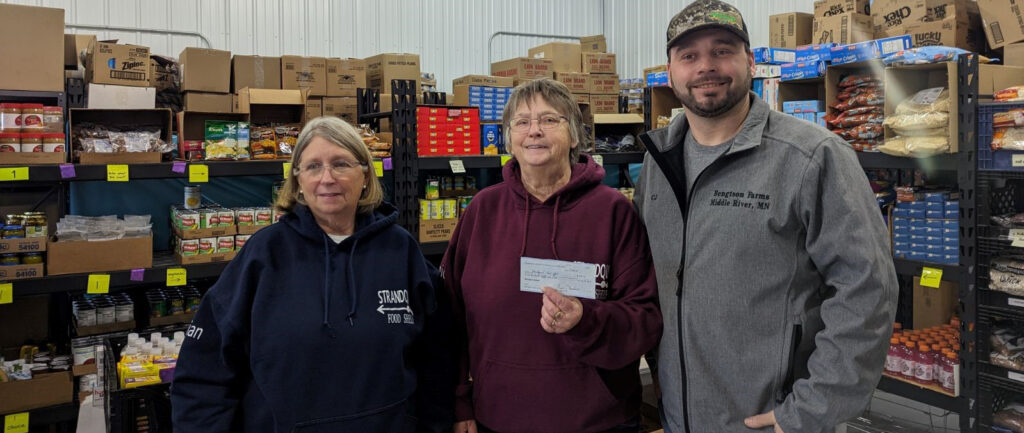MSR&PC looking to tap into Australia’s demand for soybeans
On July 24, the Minnesota Soybean Research & Promotion Council (MSR&PC) had the opportunity to host the Soy Australia, LTD group. In total, the group brought 22 participants from diverse age groups and backgrounds to a Minnesota farm.
The delegation visited Keith Schrader’s farm in Nerstrand during their stay. Schrader, who is a recently retired MSR&PC director, catered to what the Australian group was looking to learn more about during their stay in Minnesota. There was interest in the practices of a farming operation with non-genetically modified soybeans for food use, in which Schrader’s farm fit the bill.

During the tour, the group first headed out to one of Schrader’s soybean fields to get a look at what types of practices are being used. They were able to have a discussion on the strategies being used with the agronomists that work closely with Schrader on his soil management.
Sean Causly, president of Soy Australia, says one practice he learned from Schrader’s operation was the amount of nutrients he used on his soybeans.
“We were told in Australia that we do not need to use any (nutrients),” Causly said. “We will be doing some trials this summer.”
The group then headed back to the farm site, where they were able to get a close look at the standard equipment Schrader uses on his fields.
“I am really impressed with the design,” says Philip Damm of the Soy Australia group. “It is an amazing design and you can tell a lot of thought has been put into each machine.”
Australia purchases about 1 million metric tons of soybeans; the U.S. doesn’t currently contribute to Australian’s soy imports. Kim Nill, MSR&PC director of market development, attended the visit to Schrader’s farm, and hopes the Council can help the U.S. soybean market make trade inroads with Australia.
“We have a long standing relationship with Soy Australia, which is needed to talk about trade policy changes that our organizations could jointly work on,” Nill says.







